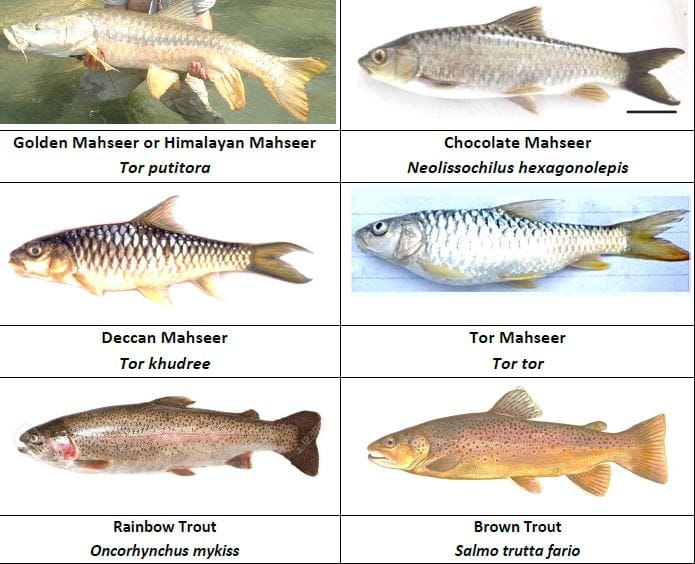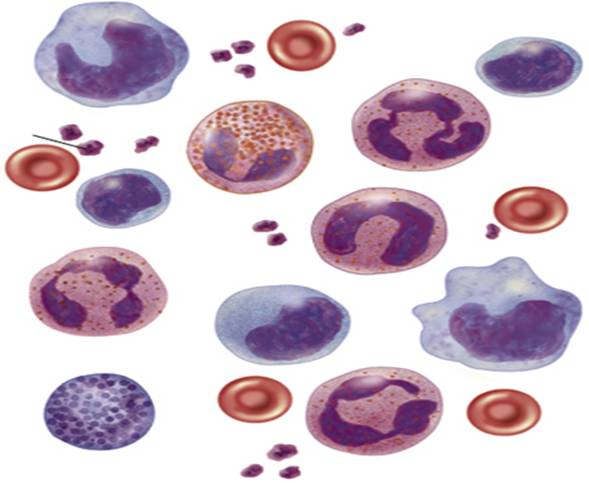Methods for Collection of Blood: Blood collection is a crucial aspect of medical diagnostics and research, providing valuable insights into a person’s health condition. Various methods are employed to collect blood samples, each suited for specific purposes. In this article, we will explore different techniques for blood collection, their advantages, disadvantages, and the importance of proper blood collection methods.
Methods for Collection of Blood
There are two main methods for collection of blood: venipuncture and capillary puncture.
Venipuncture Method
Venipuncture is the most common method of blood collection. It involves drawing blood from a vein, typically in the arm. Venipuncture is used to collect blood for a variety of tests, including complete blood counts (CBCs), cholesterol level analysis, glucose testing and blood cultures. Venipuncture offers several advantages, including a larger sample volume, making it suitable for multiple tests from a single draw. ‘Methods for Collection of Blood’
To perform venipuncture, a healthcare professional will first clean the skin at the site of the venipuncture with an antiseptic solution. They will then tie a tourniquet around the arm above the venipuncture site to make the vein more prominent. Next, they will insert a sterile needle into the vein and collect the blood into a vacuum tube. Once the blood has been collected, the healthcare professional will remove the needle and apply pressure to the venipuncture site with gauze to stop the bleeding. ‘Methods for Collection of Blood’

Advantages of Venipuncture Method
- Larger blood sample volume
- Suitable for a wide range of tests
- Minimal discomfort for the patient
Disadvantages of Venipuncture Method
- Requires trained professionals for accurate collection
- May cause slight bruising or hematoma
Fingerstick Method
The fingerstick method involves pricking the fingertip with a small lancet to obtain a small drop of blood. This method is commonly used for glucose monitoring and is especially useful for individuals with diabetes who need regular blood sugar level checks. Fingerstick collection is convenient, less invasive, and can be performed by patients themselves. ‘Methods for Collection of Blood’
Advantages of Fingerstick Method
- Minimal invasiveness
- Suitable for frequent monitoring
- Can be done by patients at home
Disadvantages of Fingerstick Method
- Limited sample volume
- Not suitable for all types of tests
Heelstick Method
Primarily used for infants, the heelstick method involves pricking the heel to collect a small blood sample. This method is commonly employed for newborn screening tests, such as checking for metabolic disorders and genetic conditions. Heelstick collection is relatively less painful and requires a small blood volume.
Advantages of Heelstick Method
- Ideal for infant blood collection
- Requires a small blood volume
- Commonly used for newborn screening
Disadvantages of Heelstick Method
- Limited sample volume
- Restricted to specific age group
Arterial Blood Collection
Arterial blood collection involves drawing blood from an artery, often the radial artery in the wrist. This method is typically used to assess oxygen and carbon dioxide levels in the blood and to diagnose respiratory or metabolic disorders. Arterial blood gas (ABG) analysis is a common test performed using this method. ‘Methods for Collection of Blood’
Advantages of Arterial Blood Collection
- Provides accurate information on blood gases
- Useful for diagnosing respiratory issues
- Suitable for ABG analysis
Disadvantages of Arterial Blood Collection
- Invasive method
- Risk of complications, such as bleeding and infection
Capillary Blood Collection
Capillary blood collection involves pricking the skin’s surface to collect a small amount of blood from capillaries. This method is used for various tests, such as blood glucose monitoring, hemoglobin level assessment, and blood typing. Capillary blood is easily accessible and can be collected from fingertips, earlobes, or other capillary-rich areas. ‘Methods for Collection of Blood’
Advantages of Capillary Blood Collection
- Less invasive than venipuncture
- Can be performed at various capillary-rich sites
- Suitable for point-of-care testing
Disadvantages of Capillary Blood Collection
- Small sample volume
- Prone to sample contamination if not done correctly
Safety guidelines for blood collection
Blood collection should always be performed by a trained healthcare professional. It is important to follow safety guidelines to prevent the transmission of infection and to ensure the accuracy of the test results.
Some of safety guidelines for blood collection as follows: ‘Methods for Collection of Blood’
- Wear gloves and other personal protective equipment (PPE).
- Use sterile needles and other equipment.
- Clean the skin at the site of the blood collection with an antiseptic solution.
- Apply pressure to the blood collection site after the blood has been collected to stop the bleeding.
- Dispose of needles and other equipment properly.
It is also important to label the blood sample with the patient’s name, date of birth, and date and time of collection. This will help to ensure that the sample is correctly identified and that the test results are accurate.
Conclusion
Precise techniques for drawing blood are essential for trustworthy diagnostic outcomes that inform medical judgments and interventions. Different techniques, such as venipuncture, fingerstick, and capillary collection, are used, depending on the goal of the test and the state of the patient. Every strategy has benefits and drawbacks, so it’s critical to select the one that will work best in a certain circumstance. You should speak with a healthcare provider if you’re looking for accurate medical information. ‘Methods for Collection of Blood’
FAQs (Frequently Asked Questions)
Q1: Are all blood collection methods equally accurate?
No, different methods have varying levels of accuracy based on the type of tests being conducted. Venipuncture and arterial blood collection are generally considered more accurate for specific diagnostic purposes.
Q2: Can I collect a blood sample at home?
Yes, certain methods like fingerstick collection are suitable for at-home monitoring, especially for conditions like diabetes. However, proper training and adherence to hygiene protocols are essential.
Q3: Are there any risks associated with blood collection?
Invasive methods, such as venipuncture and arterial collection, carry a slight risk of infection, bleeding, or hematoma formation. It’s crucial to have trained professionals perform these procedures.






